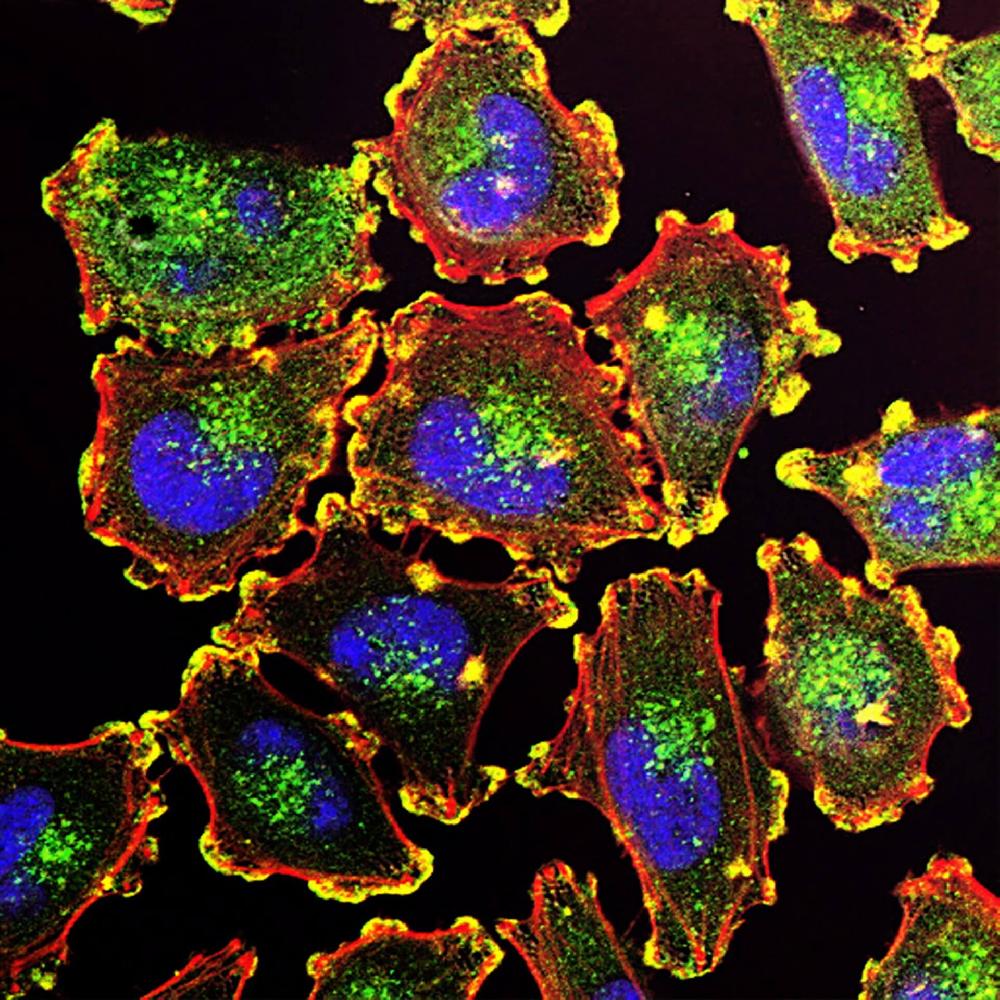This website uses cookies to ensure you get the best experience on our website.
- Table of Contents

Facts about Zyxin.

Significant for targeting TES and ENA/VASP family members to focal adhesions and for the formation of actin-rich structures. Might be a component of a signal transduction pathway that mediates adhesion-stimulated changes in gene expression (By similarity).
| Human | |
|---|---|
| Gene Name: | ZYX |
| Uniprot: | Q15942 |
| Entrez: | 7791 |

| Belongs to: |
|---|
| zyxin/ajuba family |

CTCL tumor antigen se14-3; CTCL-associated antigen se14-3; cutaneous T-cell lymphoma associated antigen se14-3; Cutaneous T-cell lymphoma-associated antigen se14-3; KIAA1125; MGC31836; predicted protein of HQ2893; PRKCBP1; PRO2893; protein kinase C-binding protein 1; Rack7; RACK7protein kinase C binding protein 1; zinc finger MYND domain containing protein 8; Zinc finger MYND domain-containing protein 8; zinc finger, MYND-type containing 8; Zyx; Zyxin 2; Zyxin
Mass (kDA):
61.277 kDA

| Human | |
|---|---|
| Location: | 7q34 |
| Sequence: | 7; NC_000007.14 (143381345..143391111) |
Cytoplasm. Cytoplasm, cytoskeleton. Nucleus. Cell junction, focal adhesion. Associates with the actin cytoskeleton near the adhesion plaques. Enters the nucleus in the presence of HESX1.






PMID: 8940160 by Macalma T., et al. Molecular characterization of human zyxin.
PMID: 8917469 by Zumbrunn J., et al. A zyxin-related protein whose synthesis is reduced in virally transformed fibroblasts.